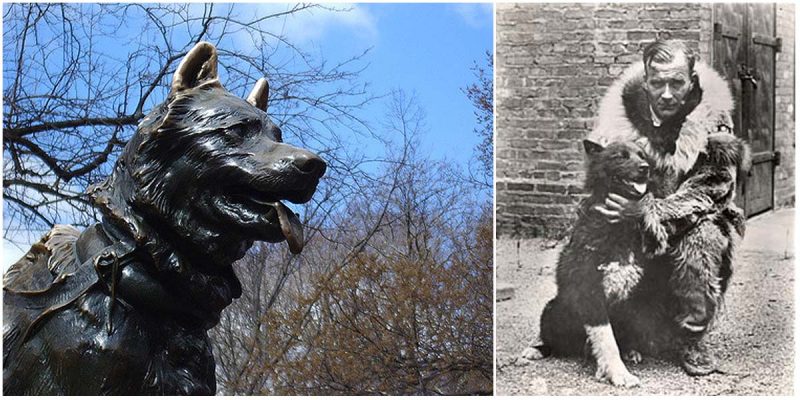On January 19th, 1925, a potentially deadly diphtheria epidemic was poised to sweep through Nome’s children. The local hospital had run out of antitoxin for the disease. The only serum that could stop the outbreak was in Seattle, Washington. The best way for getting the serum to Nome in time was by plane, but the engine of the only plane that could deliver the medicine was frozen and would not start.
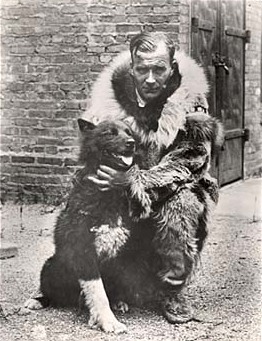
That was the day when the 1925 serum run to Nome, also known as the Great Race of Mercy began. It was a transport of diphtheria antitoxin by dogsled relay across the U. S territory of Alaska. They were the only solution who could save the small town of Nome and the surrounding communities from the epidemic. To complete the journey, 150 sled dogs had to run 1,085 km in five and a half days.
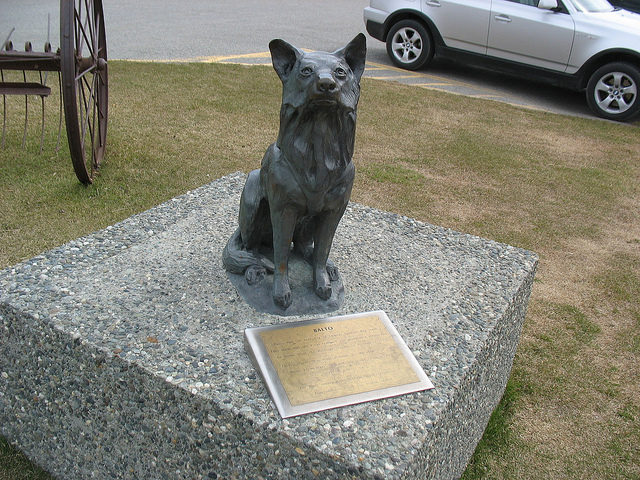
The hero of this event was a black and white Siberian husky called Balto. Balto was a sled dog who led the team of Gunnar Kaasen on the final leg of the 1925 serum run to Nome.
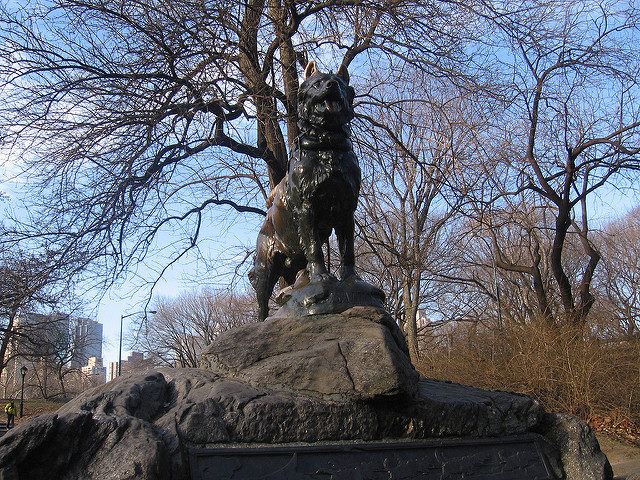
Balto did not have the reputation of a good leader, and if Kaasen knew just how bad the storm was about to get on the way (a blizzard with −23 °F (-31 °C) temperatures and strong winds), he might have chosen his team differently. According to Dog Watch, Balto proved his worth when he not only was able to keep the team safely on the trail but stop them in time before they plunged into certain death in the icy Topkok River.
The team of Kaasen arrived with the serum in Nome before dawn on February 2nd, and the town was saved. Balto was portraited as a hero in the newly popular medium of radio and received headline coverage in newspapers across the United States.
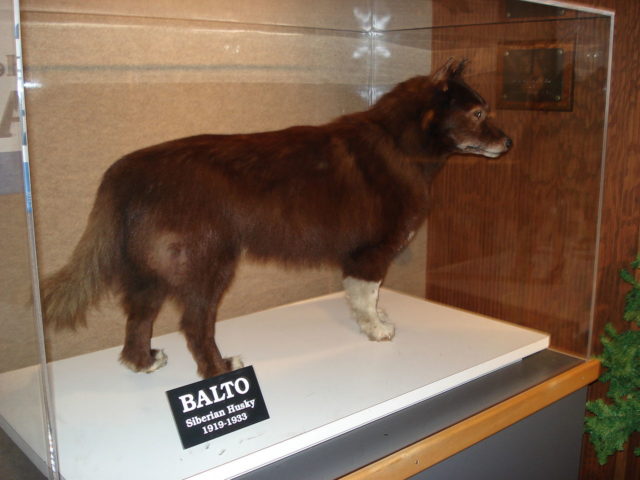
Balto died in 1933, at age 14, his remains were mounted by a taxidermist and donated to the Cleveland Museum of Natural History.
On December 17, 1925, in recognition of such bravery, a statue of Balto was erected in New York City’s Central Park sculpted by Frederick Roth.
The serum run led to the creation of Alaska’s Iditarod sled dog race, which is an annual long-distance sled dog race run in early March from Settler’s Bay to Nome.
